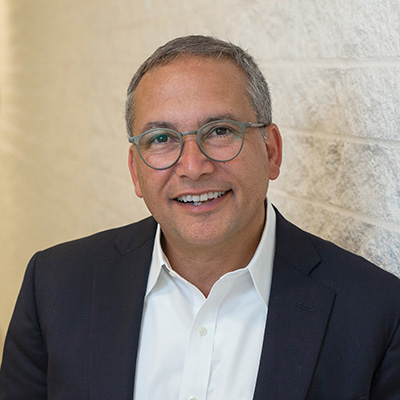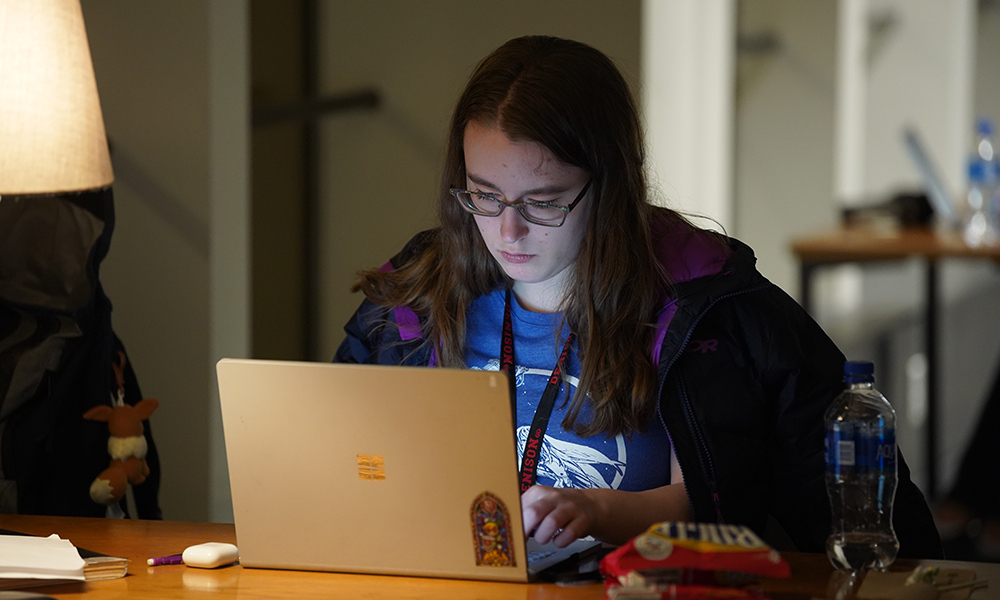Of all the changes that COVID-19 thrust on higher education, the sudden shift to remote teaching was perhaps the most unprecedented. Although colleges and universities have slowly been adding new online options in recent years, the bulk of what we do has remained largely focused on in-person classwork and instruction.
With a growing number of colleges and universities deciding to go all online this fall, the experience of spring 2020 has been highly valuable to the pedagogical landscape for two contradictory reasons.
On the one hand, there’s been a popular myth floating around for the last decade that, eventually, it would be possible for students to get the full impact and benefit of a residential education program online at a fraction of the cost. Of course, as we’ve learned during COVID-19, that’s just not true.
Even though online teaching will be with us for the immediate short term, students are reporting that they miss the interaction with their faculty, the mentorship, and the peer-to-peer engagement in the classroom.
They miss all the learning that takes place between the residences, dining halls, and student organizations, as well as the values and character they develop through athletics, the arts, and everything in between.
These sentiments aren’t exclusive to students at Denison University, where I serve as president. Data collected from students across the country suggest that they are not interested in continuing with online-only education for the long term. Many are considering taking a gap year or delaying returning to college altogether until things get back to normal.
They only get eight semesters in college and that time is too precious to do it all remotely. They want to be on campus, they want to go through the process together and they want to interact with faculty.
This has reconfirmed the value of what we do and highlighted the fact that education can’t necessarily be delivered digitally.
On the other hand, the higher education community is also seeing that there are a lot of ways in which technology could enhance what we do, even on residential college campuses that pride themselves on being high touch. There’s been a lot of resistance to it for all kinds of different reasons. But since COVID-19 forced us to embrace technology, a lot of faculty are discovering things that could greatly enhance the value of the education they’re providing.
First, remote teaching is creating space for innovation. It is allowing us to connect with students in new ways. For example, at Denison, about half our class takes a semester abroad during their junior year and we have very little connection with them during that time.
But we’re now learning ways in which we can use different learning platforms to stay in touch and offer new types of remote learning that might make the semester abroad experience richer and more connected to their overall education.
Second, remote teaching opens room for conversations about how colleges might expand who is in our classrooms. Remote learning creates new ways to include non-traditional students, alumni, and students from other colleges in ways that would enrich our classrooms where everybody is both a teacher and learner. The greater the diversity of perspectives the better the learning.
Third, remote teaching and/or hybrid models might allow for new kinds of classes to pop up around the edges of our curriculum. We might be able to imagine a future where the bulk of the classes were still classroom-based, but students might also have access to some remote courses that would allow them to do more research, internships or other high impact practices as part of their overall academic experience, especially in their junior and senior years.
Remote learning pushed faculty to innovate in ways that might not have happened, or might not have happened as quickly. Some of what we are doing is worth keeping and further developing.
Despite these positives, however, the process has taught us a few things about technology.
We all knew that there would be an investment of time on the front end to get familiar with the technology as well as issues getting digital classrooms set up, but the mental and emotional energy that it takes to continue to engage students across these platforms caught some faculty off guard.
For example, while an on-campus class might meet two or three days per week with 20 students at a time, once things moved online, they realized that they had to break those meetings down into smaller groups and schedule more one-on-one time in order to give everyone adequate attention. That meant much more time to focus on student-faculty relationships.
It was also quite draining. Faculty members tend to get a lot of energy when they walk into a classroom and interact with students. But when you’re sitting on a Zoom session all day you aren’t getting that same energy boost. It’s tiring for all involved.
But students still showed up. What we’ve heard consistently from faculty members is students were engaged, came to office hours, and more. Maybe it shouldn’t have been a surprise, but it was nice to see that most of our students stepped up with our faculty through this remote learning period.
There are serious equity issues. Many of us think about remote learning as a way to increase access to students who otherwise lack educational opportunities. But increasing access doesn’t solve the disparity in equity. Too many lower-income students do not have access to the technology, bandwidth, and learning spaces needed to participate in remote instruction on an equitable basis.
The shift to remote learning has been both a challenge and an opportunity for higher education. How we apply those lessons when we all come back to campus will likely define the next decade for colleges and universities of all sizes.





